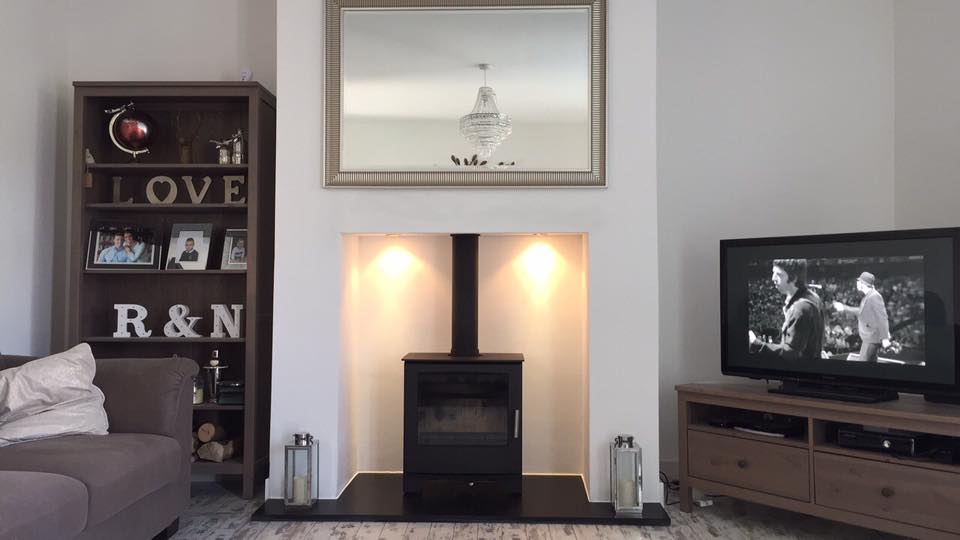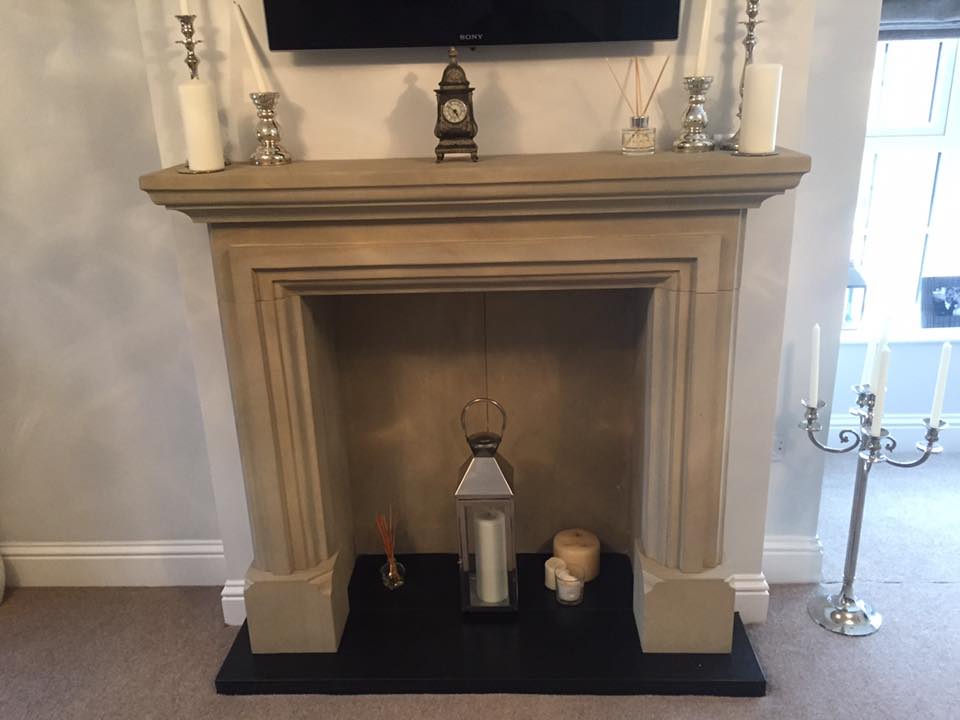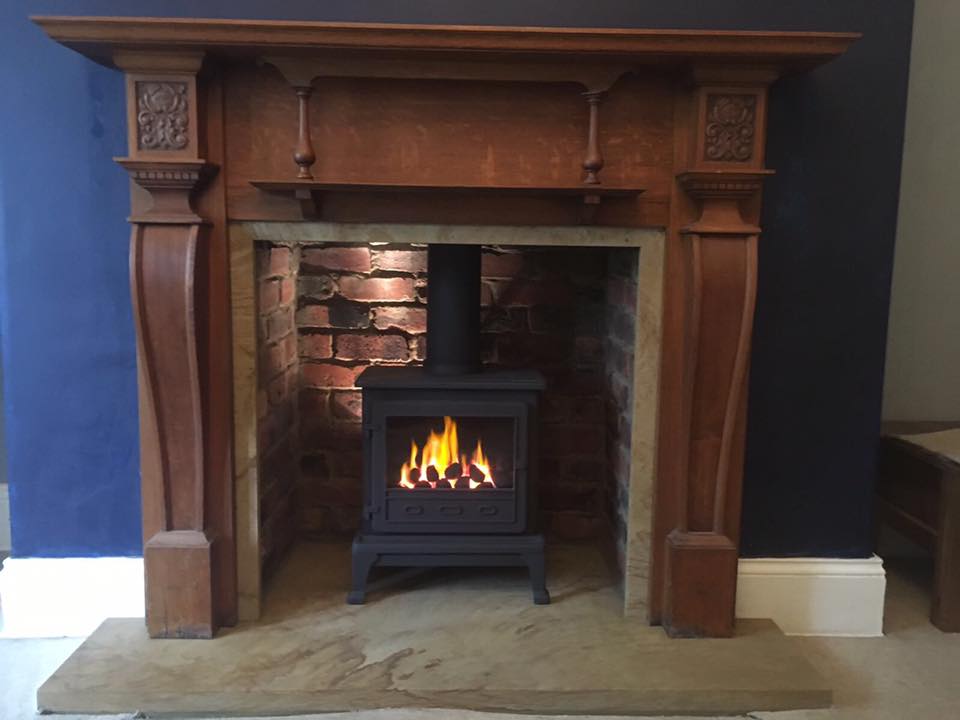The hearth is the floor of a fireplace. It is traditionally made from solid stone, stonework or brickwork. It isn’t something you change or replace regularly, with a good hearth known to outlast the structure of the building it is in.
The most important characteristics for a hearth are that it is heat resistant and will never burn. This is why you never see hearths made from wood or iron. Wood burns and iron gets hot. Neither is a suitable material for a hearth.
The vast majority of fireplace hearths today are made from either granite, marble, or an engineered surface called quartz. All three meet the heat resistance and burn criteria for a hearth. The differences between them come in price and design. We’ll take a look at these below to help you choose the perfect stone for your Hearth.
Quartz
Quartz hearths are an engineered surface made from quartz minerals and resins like polyester and epoxy. The stone is crushed into form at a factory. Very plainly what this means is quartz hearths are manmade although they are not artificial, since they contain real stone which was at one point mined from the earth.
Quartz hearths are a high-quality product with a flawless design, so long as you choose a surface from a reputable brand. These brands: Caesar Stone Quartz, Compac Quartz, Cambria, Silestone, Cimstone, Samsung Radianz, Ersten, Silk Stone, Santamargherita, Luna Stone, Emperor Stone and CRL Quartz are highly reputable.
Because quartz is manmade, the designs available are unique because they can be manipulated at the factory. Granite and marble hearths can’t be manipulated because they are solid stone, cut and formed from one piece. Quartz is more durable than granite and is non-porous. This makes it an excellent choice for a hearth.
In terms of cost, quartz is cheaper pound-for-pound than granite or marble, but not always, with some brands commanding a high premium.
Granite
Granite comes from naturally-occurring granite rock which is mined and cut into large manageable slabs. These slabs are then cut to size and shape, in this case as a hearth for a fireplace. The result is a hearth that is 100% unique: no two granite hearths are ever the same, for they are not the same stone.
Granite is porous and needs sealing to prevent water staining. However, this is not relevant to a hearth, which is unlikely to ever get wet. Granite is the preferred choice among interior designers and homeowners who want a natural stone in their living area – Quartz does have the stigma of being a manufactured product, although no one will ever know unless you tell them, making this point largely redundant.
Granite is mined all over the world and different quarries yield stones of differing colour, characteristic and appearance. There are golden, silvery, black, white, yellow, red, green and blue granites available to suit any application.
Granite is cut and shaped to order, making it a bespoke product. You can’t usually buy pre-cut granite hearths. Therefore the service is special; our artisans cut, polish and profile it using state of the art machinery, and our experienced installers ensure total perfection. This is why a granite hearth often costs more than quartz.
Marble
Most experts put marble as third choice for a hearth behind quartz and granite, because not only can it be more expensive, it is softer and less durable.
Marble is softer than granite and more likely to chip and scratch. If you are using metal pokers and fire tools around the fire, marble is most likely to be damaged, with quartz and granite being tougher than steel.
For these reasons, you can discount marble as a hearth material unless you get a slab for free and it needs using. Quartz and granite are superior materials in every way, notably that they are more durable and less expensive.


